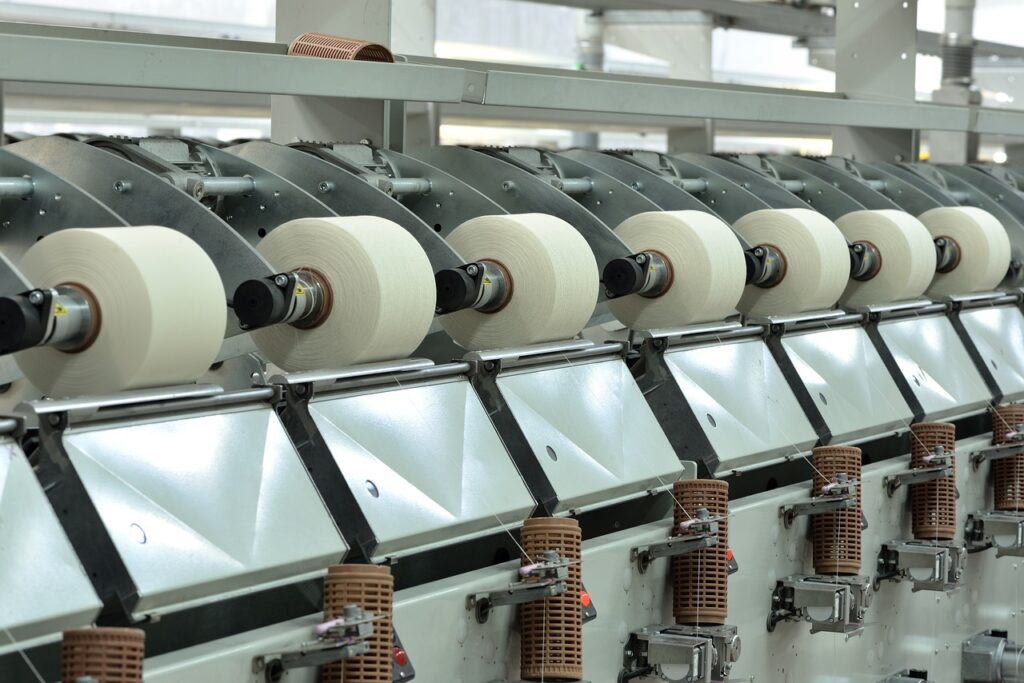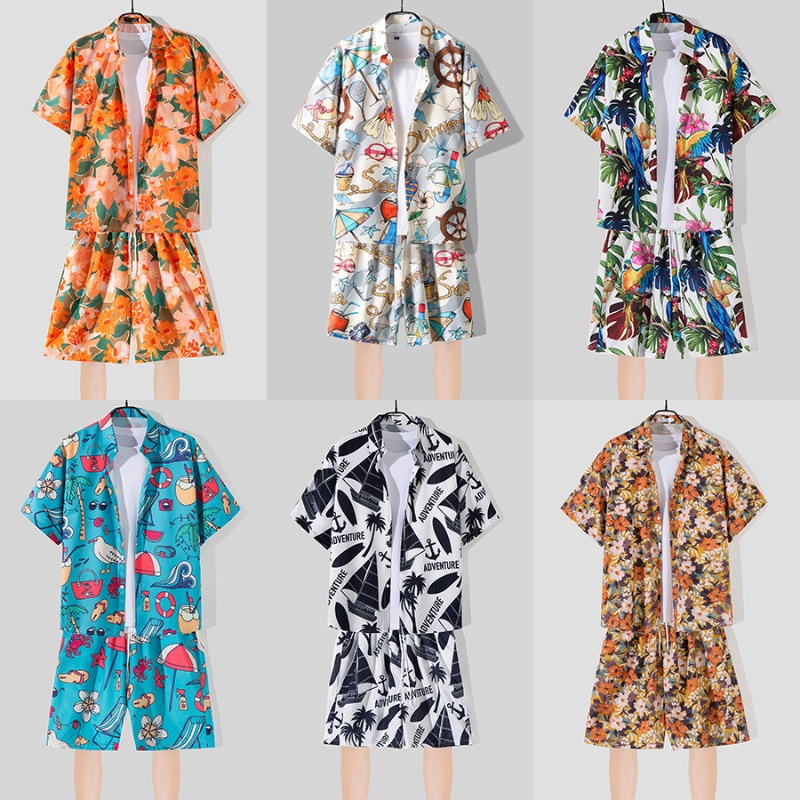1. History of Global Textile Development
The global textile industry originated during the Industrial Revolution. Since the 18th century, its focus has shifted from the UK to the United States, Japan, South Korea, Taiwan, China, and Southeast Asia. The industry’s migration is influenced by advancements in mechanized production, labor costs, and the availability of textile raw materials. Mechanization serves as the foundational driver, while labor cost advantages primarily dictate these shifts in focus.
2. Current State of the Global Textile Industry
- Global Textile Supply
The global textile industry has witnessed an ongoing expansion in capacity and technical advancements over the past fifty years, driving a notable increase in fiber production. According to Textile Exchange, global fiber production from 2019 to 2022 experienced consistent growth. In 2022, the worldwide fiber production reached 116 million tons, more than double the 34 million tons recorded in 1975. - Global Textile Demand
A significant segment of the textile industry’s downstream market is apparel. Data from Statista shows that the global apparel market fluctuated between 2015 and 2023, stabilizing demand. Preliminary statistics for 2023 estimate the global apparel market size to be $1.54 trillion, indicating that demand remains stable overall. - Global Textile Market Size
With a stabilized textile industry structure, leading countries like the US, the UK, Japan, and South Korea focus on the design and development of new textile fibers, while the core of global textile production remains concentrated in Asian countries, particularly China and Southeast Asia. The market scale measurement for the global textile industry often varies due to differing definitions and methodologies, with most referencing China’s National Bureau of Statistics data for an estimate. According to the China National Textile and Apparel Council, China processed over 60 million tons of fiber in 2022, accounting for over half of the global share.
For 2023, global textile fiber production matched demand. The estimated global textile industry market size was 45,758 billion yuan, with projections reaching 64,940 billion yuan by 2030, a compound annual growth rate (CAGR) of 2.5%. These estimates are based on the following assumptions:
- The global textile market size in 2023 is roughly double that of China’s market.
- Global fiber demand growth rates determine the market size, assuming fiber fabric average prices remain stable.
- Lenzing’s predicted average CAGR of 2.5% applies from 2023 onward.
3. Competitive Landscape of the Global Textile Market
The global textile industry features numerous key players, including International Textile Group, Lear, Wooltex, Huddersfield, Bruno Banani, Woolmark, CCI, Toray, Asahi Kasei, Teijin Frontier, Kuraray, Uniqlo, and others. The geographic distribution of these companies’ product focuses varies significantly. American companies mainly produce denim and similar materials, while the UK and Australia focus on wool fabrics, and Japan prioritizes chemical fiber materials.




